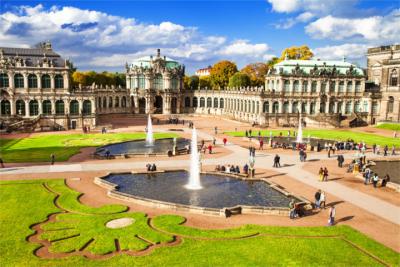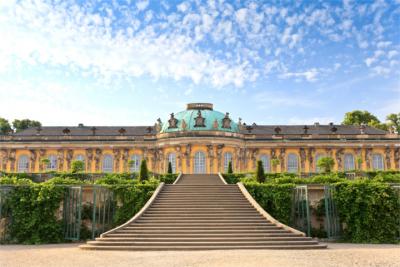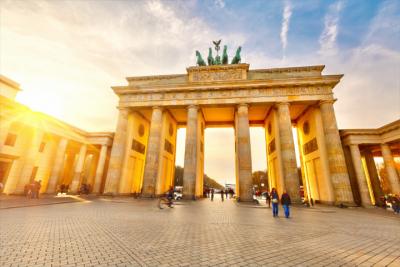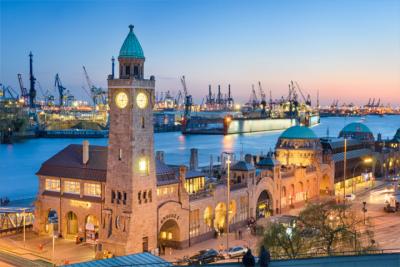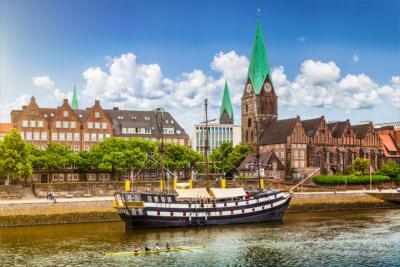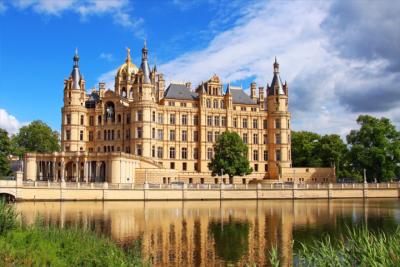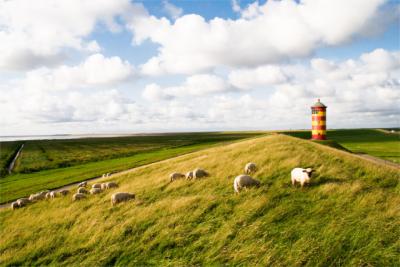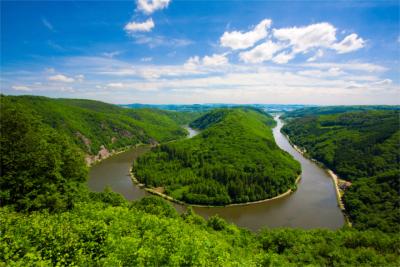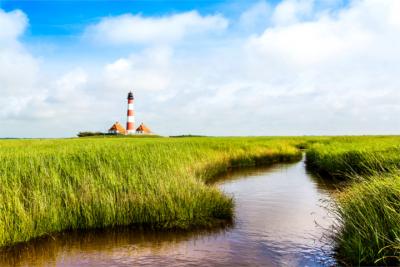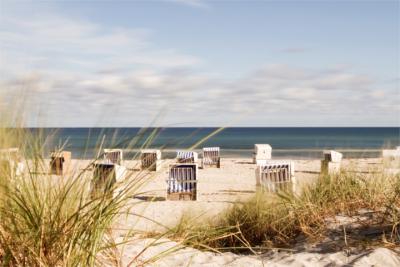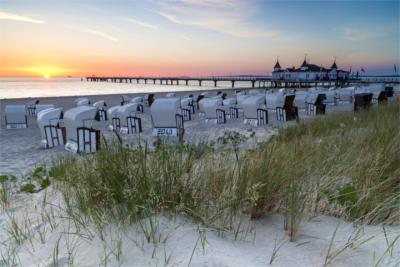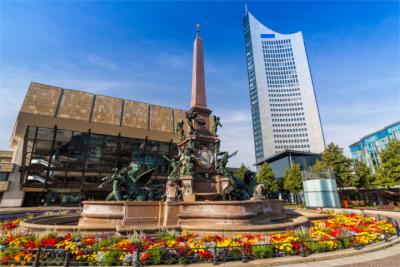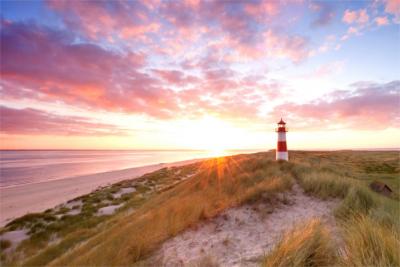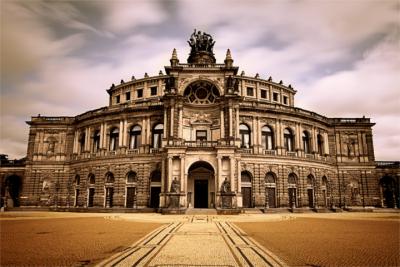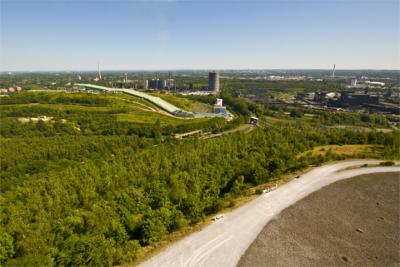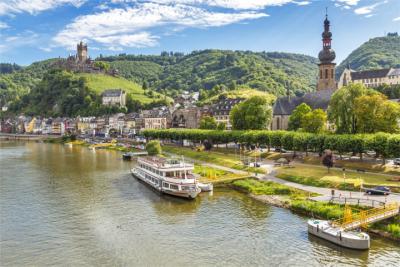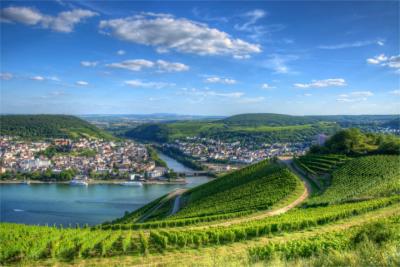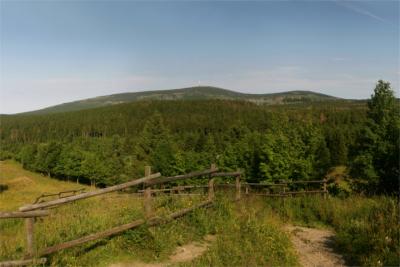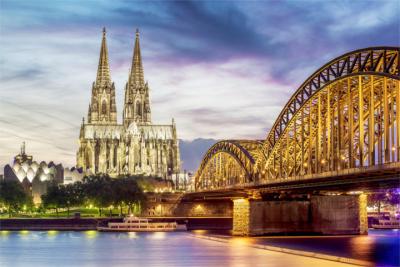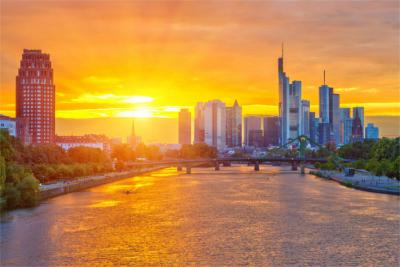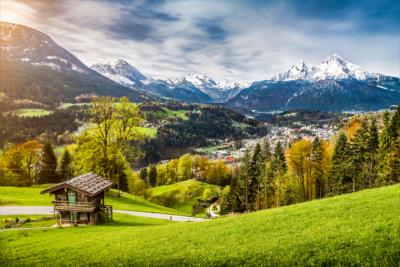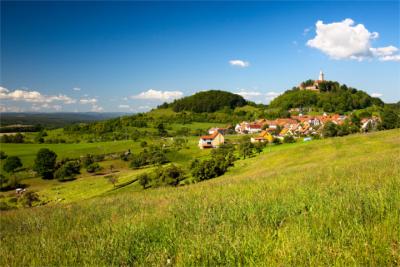Travel Offers
Travelmyne Featureprint
Distance
Bremen - Maritime Atmosphere and Medieval Architecture
Germany's smallest state impresses with maritime charm and medieval architecture. Stroll along the Schlachte at the Weser in Bremen, visit the historical museum ships in Bremerhaven or relax in one of the local recreation areas.

Geography - The world's greatest port
The Free Hanseatic City of Bremen lies in the north-west of Germany and is the smallest German state with an area of only 404 km². It is the country's only two city state and consists of Bremen and Bremerhaven, which are populated by about 662,000 people. They lie about 60 kilometres apart in the middle of the state of Lower Saxony and are connected by the Weser. The whole Free Hanseatic City of Bremen is part of the Bremen/Oldenburg Metropolitan Region. Bremerhaven is the only city in Germany which lies directly at the North Sea and it has the second greatest seaport in the country. The port is located in the northern Elbe-Weser triangle and has exceeded Bremen's port with regard to its significance for the trade. With an area of 2,000 km², it is the world's largest container port. The state of Bremen lies in the temperate climate zone and is affected by maritime influences. The resulting precipitation is relatively consistent throughout the year.

Nature - Five natural areas
The landscape of the Free Hanseatic City of Bremen is characterised by the urban landscape as well as by the river landscape and the lake scenery. It is divided into five natural areas: the Wesermarsch (the marshland at both sides of the Weser), the Wümme Depression, the Wesermünder Geest, the Thedinghäuser Vorgeest and the Verdener Wesertal. Important rivers are the Weser, the Wümme, the Ochtum and the Lesum. Greater lakes are the Sportparksee Grambke (40 ha), the Werdersee (37 ha) and the Unisee (28.2 ha). The marshes and geest are used for agriculture and serve as local recreation areas. With an area of 677 hectares, the Borgfelder Wümmewiesen are the greatest nature reserve in Bremen. While Bremerhaven lies directly at the North Sea, the city of Bremen is about 70 kilometres away. A special experience is watching porpoises in the Weser in spring, which have come to Bremen from the North Sea.

Culture - The Bremen Roland and the Bremen Town Musicians
The first settlements in Bremen were already built in the first century AD. In the 8th century, the city was made a bishop's see by Carl the Great. Ever since, the city's history has been shaped by the trade and the struggle for independence. In 1260, Bremen joined the Hanseatic League (Hanse) and from 1783 on, merchants were conducting transatlantic trade with the USA. Bremen is most of all known for the fairy-tale of the "Bremen Town Musicians". Other landmarks are the City Hall and the Bremen Roland, which are both UNESCO World Cultural Heritage sites. The Roland is a symbol of Bremen's independence from the Church, which the city gained in the 13th century. The monument is located on the beautiful historical market square. Another highlight are the former fortifications, which were turned into the Bremer Wallanlagen in the early 19th century. They constitute one of the oldest public parks in Germany. Böttcherstraße is another cultural sight. It was built by Ludwig Roselius between 1922 and 1931 and attracts visitors with its world-famous brick architecture. The Schnoor, a medieval Gängeviertel (a district with narrow alleys), which used to be inhabited by many mariners, is equally spectacular. There is a variety of museums such as the Museum der 50er Jahre ("50s Museum"), the PHÄNOMENTA Science Centre, the Klimahaus Bremerhaven 8° Ost (a climate museum) and the German Emigration Centre. The Zoo am Meer or Bremerhaven Zoo with the adjacent North Sea Aquarium are particularly popular with families.

Experience - Strolling along the maritime mile
One speciality from Bremen is Beck's, one of the best-known beers in the world. Travellers should not miss out on a visit to the Beck's Brewery (Brauerei Beck & Co.). Other typical delicacies from Bremen are Knipp (a sausage), Labskaus (a meat speciality) and kale. Visitors who enjoy gambling can pursue this hobby in Bremen's casino. It is located in a historical building at the Weser. If you rather want to go on a shopping tour, you can choose between a wide range of shops such as the Columbus Shopping Center and the Mediterraneo in Bremerhaven. Along the Weser promenade in the city of Bremen, you see the Schlachte, Bremen's maritime mile. Travellers can stroll, eat, shop and party there or watch ships on the water. If you come to Bremen in winter, you should visit the Christmas market, during which the Schlachte is transformed into a medieval street market. In the evening, you can go to the theatre or one of the many bars, discos and pubs.

Activities - On expedition in the museum ships
Bremen is a very cycle-friendly state because it is very flat. There is a number of cycling trails and excellent signposting. The Weserdamm (a dam) and the Hollerdeich (a dyke) are suited for in-line skating. A round trip on the Weser with one of the ferries is also highly recommended. At Westerstrand (a beach), you can go bathing in summer but it does not have any attendants or boundaries to the area of ship traffic. It is always worth one's while to visit the harbour in Bremerhaven. It accommodates the museum harbour with numerous museum ships.

Information
Bremen has one airport, which you can reach from the city centre with the tram line 6 in 10 minutes. From there, you can fly to other German cities and different destinations in Europe. If you arrive by car, you should note that (as of 2011) you are only allowed to enter the city centre if your car has a green pollution badge. A more environmentally friendly way of arriving is by train. In and around Bremen, you can often use your train tickets for local traffic in the buses as well. Travellers best ask for information when they arrive.
The small two city state is characterised by the world's largest container port, historical ships, numerous museums and shopping facilities as well as by impressive architecture. Culture, history and nature form a unified whole here.

